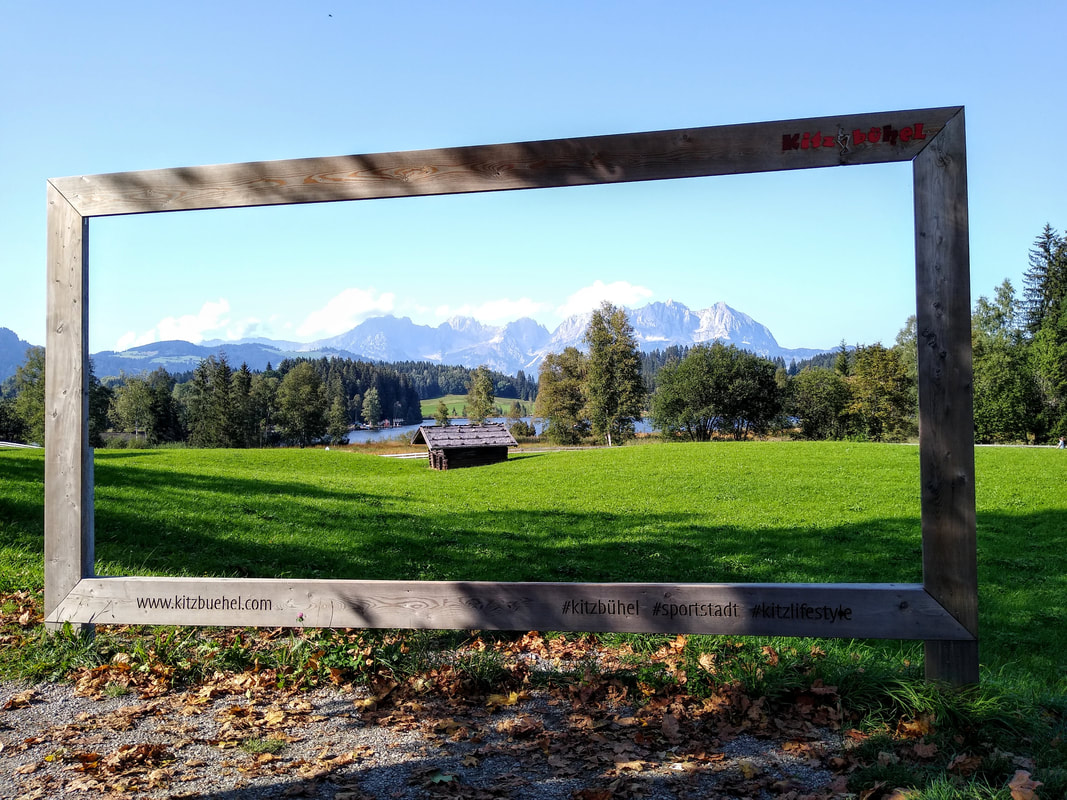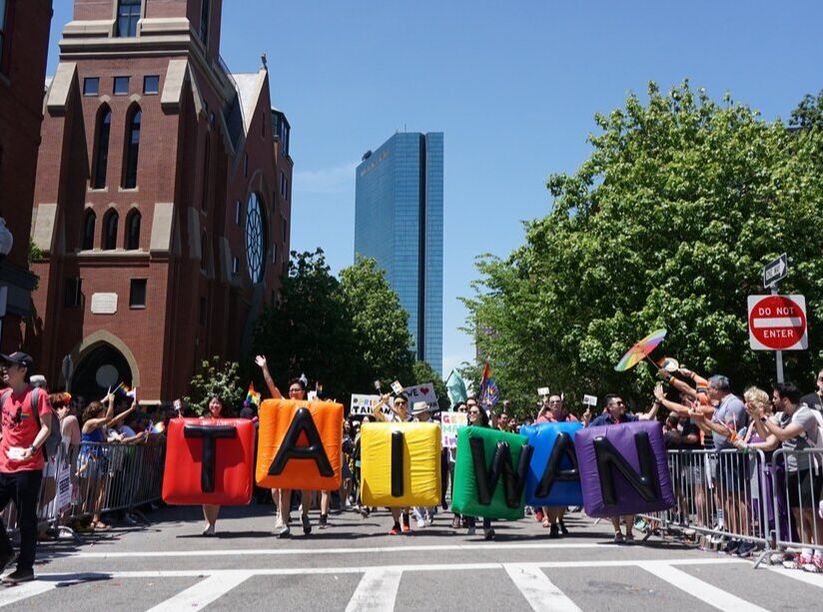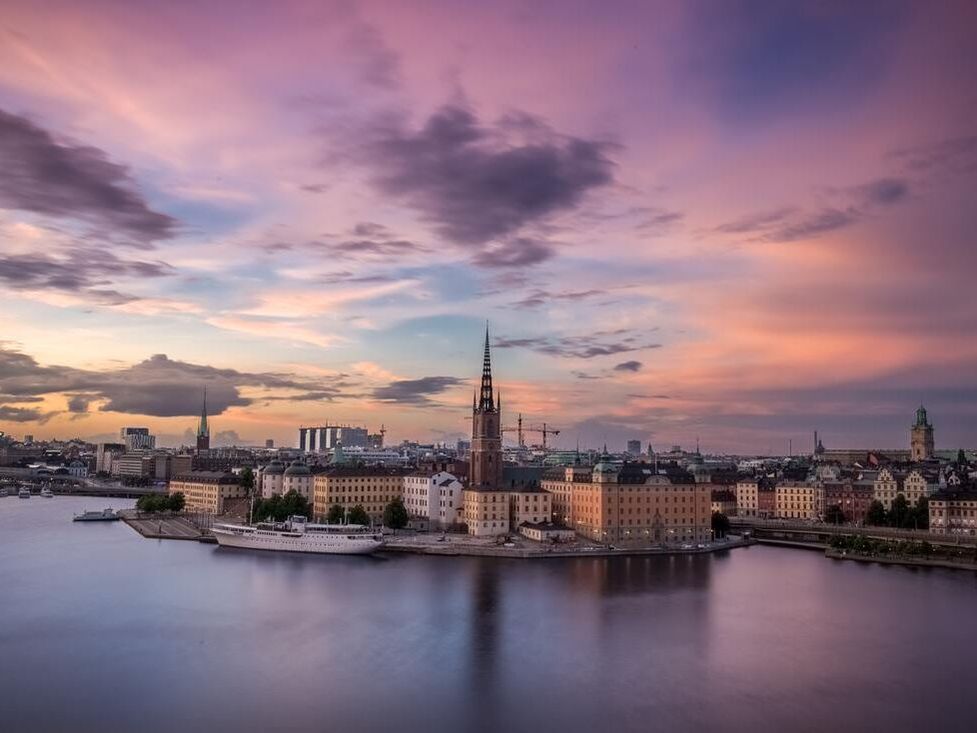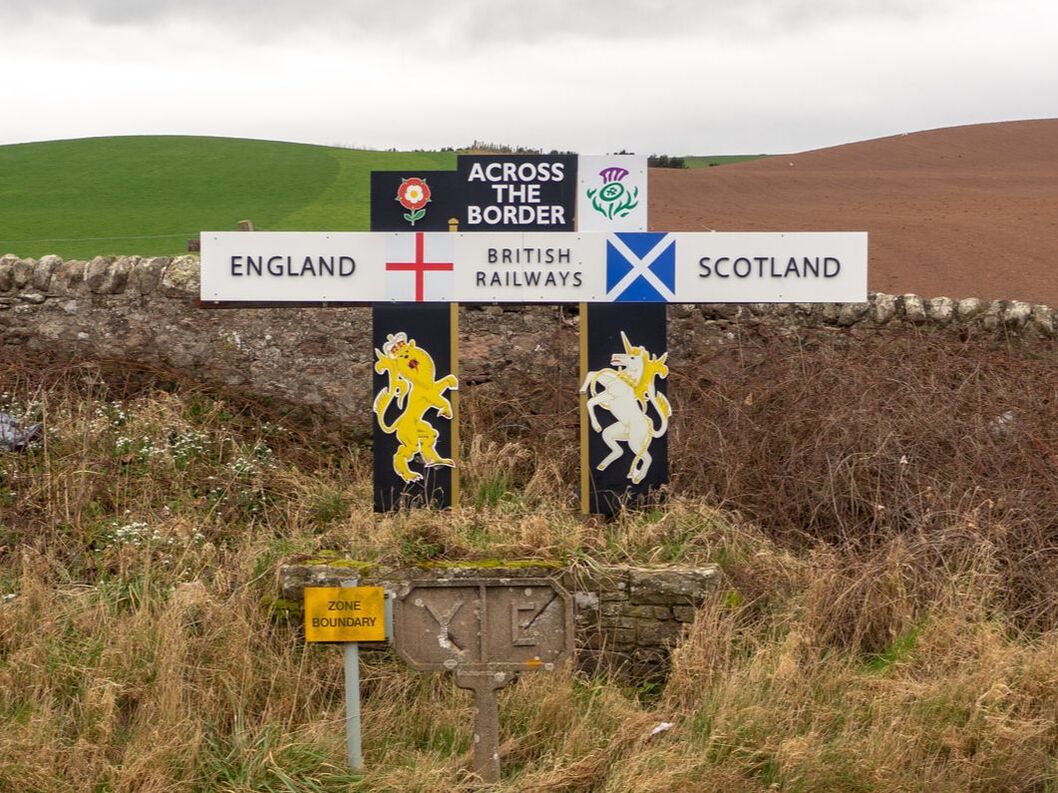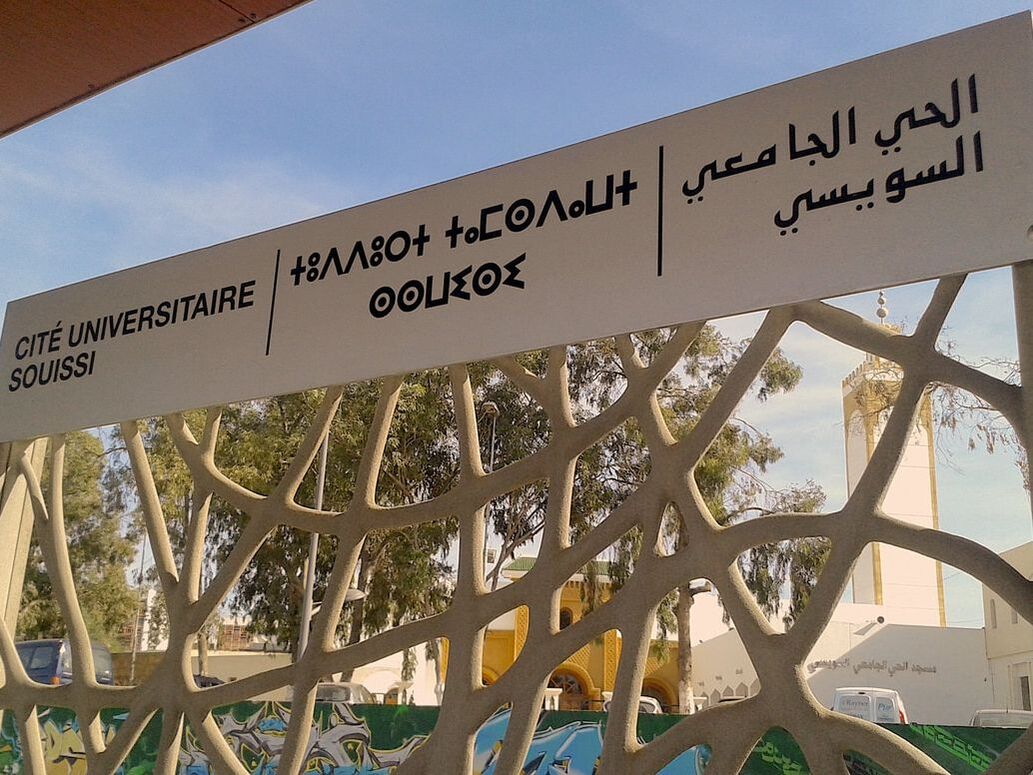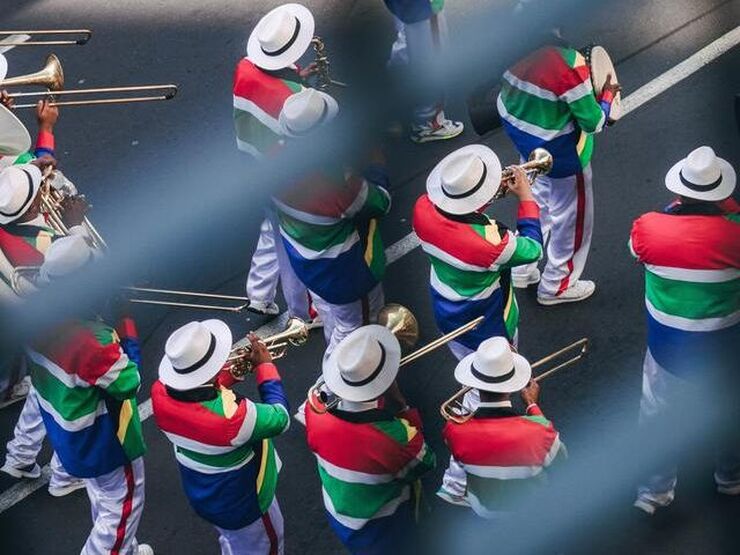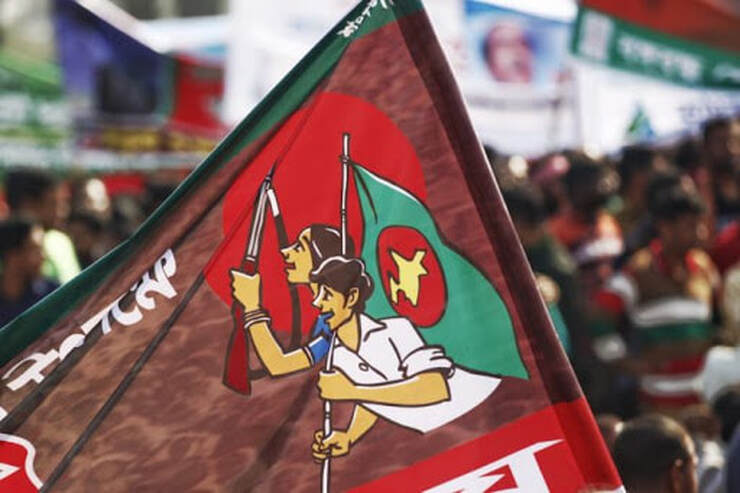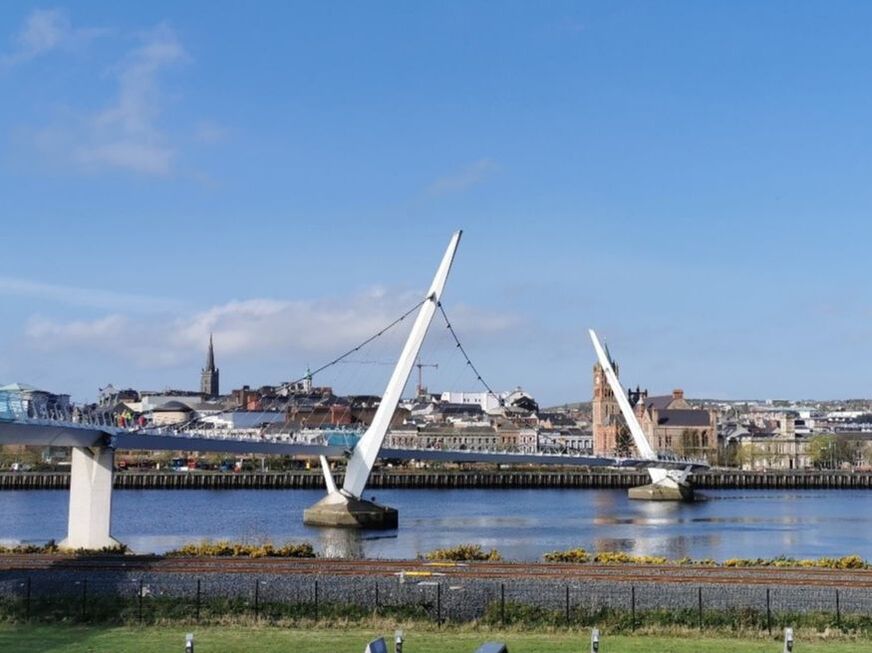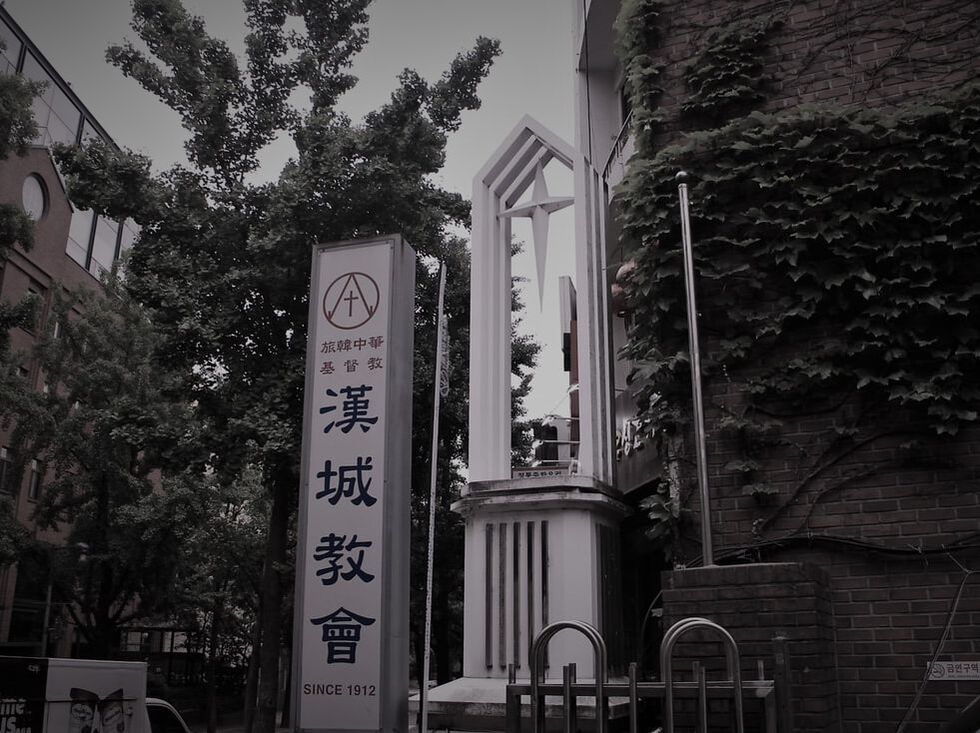|
|
|
Blog post by Christian Lamour, Luxembourg Institute of Socio-Economic Research, Luxembourg
Late modernity in the European Union is characterized by the return of ‘hot nationalism’, with a growing number of citizens supporting radical right parties and leaders. These political entities and personnel have hammered out an electoral winning, ‘nation-first’ agenda, which is notably marketed as protecting the cultural identity and cohesion of a national people, jeopardized by alien threats. This vivid return of national cultural identities in the agenda of European states has appeared at a time when relationships between EU member states have been remarkably peaceful for generations, whereas their main long-term heritage has been the reproduction of national conflicts, territorial gains and momentary stabilization of borders following treaties torn apart in subsequent wars. The cultural enemies defined by today’s EU radical right within specific nation states are not neighbouring nations, but communities, the identities of which are represented as external to the world of nations. This means the elites are characterized as Europeanized/globalized, whilst the non-European migrants are racialized as oriental/African entities replacing the European national identities with the support of the globalized elite.
0 Comments
Blog post by Ece Yoltay, Ahi Evran University, Turkey
My Identities article, ‘Queering trialectics among space, power, and the subject: spatial representations and practices of othered identities in Turkey’, is grounded in a critical analysis of the Foucaldian conceptualization of the relation between power and the subject. It does so by examining the construction of the concept of ‘supra-identity’ with the Repressive and Ideological State Apparatus in Turkey. Since the Republic of Turkey was established as a nation-state in a predominantly Muslim society, various legal and social regulations determining state-citizen relationships have been shaped in its political history (single-party period 1923-1946, multi-party period 1946-2018, Presidential system 2018-present). While each government in this history produces its own political interpretation of the 'ideal' citizen, the emphasis on Turkish and Muslim identities, particularly within the heteronormative social structure associated with Islam, has been common value for defining ‘supra-identity’. In Turkey's multicultural society, homogenizing differences over these identity values of the 'majority' has been deemed necessary for the 'unity of the state'.
Blog post by Jakub Gortat, University of Lodz, Poland
German–Austrian relations and specifics of Austrian national identity appear to substantiate the assumption that the world-systems theory and centre-periphery model, elaborated on by scholars decades ago, are still applicable. Austria has often defined itself in opposition to Germany: since the end of the Second World War, Austria has taken pride in being a nation separate and distinct from Germany. This can be seen in the political declarations of the leading politicians and the narrative of the leading political parties throughout this period. To a large extent, this conviction was based on some recognizable national stereotypes and myths presenting Austria as a peaceful country with a splendid tradition and picturesque Alpine landscapes that had nothing to do with National Socialism, void of any responsibility for the crimes against Jews and other ethnic or national minorities committed under it or the war itself, which in the light of historical research undertook many years later turned out to be simply mendacious. On the other hand, the self-stereotype of an independent, cultural nation paradoxically reduced the perception of Austria abroad (including Germany) to catchy clichés about Mozart, the Habsburgs and the Viennese waltz.
In our Identities article, ‘I became a Taiwanese after I left Taiwan’: identity shift among young immigrants in the United States’, we seek to engage with transnationalism literature, which argues that migrants continue to remain concerned with their origin country. As our case study shows, successful assimilation into the host country does not mean migrants will relinquish their previous attachment. In fact, fresh experiences abroad might actually activate and intensify their homeland identity. Our study documents unpleasant contacts with people coming from People’s Republic of China (PRC) and personal experiences with the immigration rules that favour Taiwanese. Our interviewees also share the disenchanting discovery that America was actually lagging behind Taiwan in terms of healthcare, public transportation and recycling, which encourages these young migrants to cherish heir Taiwanese identity. In short, being Taiwanese is something one can take pride of, and therefore, our interviewees explained they do not want to be viewed by people from PRC as their 'compatriots’ or identified as ‘Chinese’ by their American friends.
In 2018, the research department of Awel, a Flemish civil society organization, published a report on the impact of the late terrorist attacks in Europe on the identity formation of minority youth. The report, based on testimonials, revealed that some Muslim children try to hide their ethno-religious background out of fear of being verbally attacked. Some even wish to ‘unbecome’ Moroccan or Muslim to respond to Islamophobia.
The largest ethnic minority group in Belgium originates from Morocco. This primarily Muslim group is indeed strongly stigmatized, even more so since 9/11. It is argued that terrorist attacks increase Islamophobic or anti-Muslim sentiments, which hence also impacts the well-being of Muslim children living in Flanders. The findings of the research report nevertheless did not receive as much public and political attention as deserved. Yet, ethnic minority citizens’ identity formation has long been a subject of political interest, especially since many politicians across the spectrum propose that minorities, and particularly Muslims, do not identify as Belgian. Today, the world’s knowledge of Sweden is limited, and its image is often too unclear and out of date. So we need to unite around a clearer, unified image that better reflects contemporary Sweden – an image that is also distinct and relevant to the people we want to reach.
- Swedish Institute, 2009
Like handbags and toothpaste, countries are being branded. National identities and cultures are used to brand countries. For example, Malaysia is branded as ‘Malaysia, Truly Asia’, pointing to its multiculturalism. But identities are never static, and communities are diverse. So, which identities and whose cultures in the country are promoted, and which excluded?
The Swedish authorities are branding their country too, but they want the brand to be honest and inclusive, not fabricated and selective. Did they succeed? In our Identities article, ‘Representing Sweden: packaging Swedish identity through curators of Sweden’, we examine a recently concluded nation branding project, Curators of Sweden (CoS). The project used Twitter as a platform and each week a ‘Swedish’ person was chosen as a curator to tweet whatever they liked through the @Sweden account. The curators were chosen because they represented ‘values, skills, and ideas’ which, according to the campaign, ‘all combined, makes up Sweden’. CoS started on 10th December 2011, the Nobel Prize day, and ended in September 2018. A total of 356 curators tweeted more than 200,000 tweets.
We recently published our research about a potential rise of anti-Scottishness in England, post-Brexit, in Identities. This wasn’t originally the article we intended to write. We actually started off by exploring Scotland’s population challenges – a negative rate of natural change, an ageing population and population growth reliant on inward migration – issues which other Western countries are wrestling with. For Scotland, there is the added complication that the country has no control over migration as this is reserved to Westminster, and the present Conservative government is, in any case, committed to reducing the numbers coming to the UK.
So how did we come to write ‘Indifference or hostility? Anti-Scottishness in a post-Brexit England’? In the best academic traditions, we had begun by undertaking research with returning members of the Scottish diaspora – individuals who may have been born and educated in Scotland but who had been living and working elsewhere. Some had begun to move back to Scotland, suggesting that, for these individuals and families at any rate, their economic or personal circumstances were encouraging a homeward move.
Since the early 2000s Rabat has been subject to a spate of interventions that have sought to steer Morocco’s capital on a path towards global city-dom. The myriad changes read like a checklist of urban renewal: restoration work in the historic centre, slum clearance in the periphery, riverside developments, starchitect projects and the building of new cultural and transport infrastructure. Such changes resonate with the ways in which many cities across the Arab world have recently been repositioned to intercept global flows of capital. Over the same period, a series of minor but no less conspicuous visual adjustments to the city have also occurred, from the appearance of Tifinagh – the Amazigh (Berber) script – on public buildings to an increase in references to Africa on outdoor signage.
The classic hallmarks of neoliberal urbanism and the seemingly inconsequential tinkering with linguistic and semiotic landscapes are rarely considered in tandem. In Rabat, however, both find themselves entangled in the carefully choreographed project of political and economic liberalisation that has taken place in Morocco over the last twenty years. In particular, they point to the different strategies through which state actors and elites have mobilised ideas about cultural diversity; not just as a means to rebrand Rabat as an open and tolerant metropolis aligned with the demands of international tourists and investors, but also as a basis upon which to redefine Rabat as the national political capital and a conduit of Moroccan soft power.
Today, national symbols serve as modern totems to distinguish and portray nation-states. Most of us watched the Tokyo Olympic Games and saw the pride and intense emotions that athletes and fans displayed in paying homage to their national flags and anthems at medal ceremonies. National symbols are usually chosen to reflect a single united nation, but they are often contested in divided societies, as they play a powerful role in preserving the collective memories and reflecting the cultural narratives of groups.
It is therefore difficult to establish symbols which reverberate with the cultural legacies of diverse groups in divided societies, and in particular, post-conflict societies. Although some groups might identify less with official national symbols in diverse societies, nationalism scholars believe that attitudes can change over time. Due to the pervasive display of official symbols, people can become accustomed to them, and memories of former symbols associated with particular cultures can fade.
The recent visit by Indian Prime Minister Narendra Modi to Bangladesh to attend celebrations marking 50 years since the birth of the country following the Liberation War in 1971 has drawn attention to the difficult task of building a nation on the back of a brutal and bloody civil war. At least four people were killed by police in the Bangladeshi city of Chittagong during a demonstration against Modi’s visit. Protesters from Hefazat-e-Islam Bangladesh, and counter protestors aligned with Bangladesh’s governing Awami League party, represent the central divide in Bangladeshi politics, between those who tie national identity to Islam and those who tie national identity to ethnicity and the Bengali language. This is a divide sometimes understood as one between those who ‘collaborated’ with the Pakistani military and those who participated in the independence struggle. On the Golden Jubilee of Bangladesh’s birth, this divide continues to shape Bangladesh’s political landscape today.
Using the case of the ‘Urdu-speaking minority’ in Bangladesh, my Identities article, ‘Displacement, integration and identity in the postcolonial world’, considered what the experience of minorities displaced during the Liberation War tells us about the Bangladeshi national imagination today. Their own voices, and the narratives of identity and integration in which they are situated, are revealing of the nature and boundaries of the nation state fifty years on from the country’s birth. Although the country remains divided around the role or significance of religion versus culture, and between those who ‘collaborated’ with the Pakistani military and those who participated in the independence struggle, there are older divides at work here too. Some of those who ended up on the wrong side of the Liberation War are accepted into the nation today. Here colonial narratives of ‘population’ versus ‘people-nation’, ‘community’ versus ‘citizen’ structure exclusion not only through narratives of the country’s foundation myth (as commonly assumed) but also through poverty and social space.
As India hosted the World Environment Day celebrations in 2018, the prime minister, Narendra Modi, addressed the nation through his radio programme:
This is a very important achievement for India and it is also an acknowledgement as well as recognition of India's growing leadership in the direction of tackling climate change. This time, the theme is ‘Beat Plastic Pollution’. I appeal to all of you that while trying to understand the importance of this theme, we should all ensure that we do not use low-grade polythene and low-grade plastics and try to curb the negative impact of plastic pollution on our environment….Our culture, our traditions have never taught us to be at loggerheads with nature. In his speech, India was projected as a leader in addressing climate change and a putative Indian culture was extolled as being effortlessly ecologically friendly. However, Modi’s claim of an environmentally-friendly Indian tradition is not supported by empirical evidence. For example, notions of civilisation in pre-colonial India– rather than preservation – of forests. Similarly, the intensification of traditional agriculture had detrimental ecological consequences even prior to the commercialisation of agriculture under colonial rule. Nevertheless, this claim of an ecologically sensitive Indian past is widely encountered – and promoted – in India and abroad.
In a BBC interview in 2019, Jonathan Powell, Tony Blair’s former Chief of Staff, declared, to the bewilderment of journalist Emily Maitlis, that much of the turmoil over Brexit’s impact on Northern Ireland was driven by questions of identity – particularly national identity. Such concerns have always been central within party-political wrangling in the region. However, the UK’s departure from the EU has placed Northern Ireland’s ‘national question’ in focus globally. Britain’s divorce from its European membership includes the so-called ‘protocol’, which maintains significant alignment between Northern Ireland and the rest of the EU to avoid a physical border in Ireland itself. However, part of this ‘solution’ is instead the implementation of a trade border in the Irish Sea for goods travelling between Great Britain and Northern Ireland.
This seeming economic detachment from the rest of the UK has angered those who view their Britishness as central, or at very least important, to their own identity. However, questions around national identity in the region are much more than a simple dichotomy of Britishness versus Irishness. Identification by individuals as Irish, British, Northern Irish, ‘other’, or a hybrid of all of these reflects more complicated realities. For some individuals, other identity matters, such as those relating to gender or sexuality, might take primacy in their own sense of self or community. Regardless, debates around Brexit and the protocol’s implementation have placed real focus on Northern Ireland’s future. In some quarters, debates on Irish unification are building momentum and generating discussion on how these complex cultural affiliation(s) sit within the wider constitutional question.
Korea has been said to be one of the most racially and culturally homogenous countries in the world. Although many critics claim that this is a 'myth', it is true that the country has not suffered from the racial and religious conflicts that have troubled so many countries. This alleged racial homogeneity may make a different race the primary indicator of 'the stranger' in Korea.
Thus, I was somewhat surprised by the descriptive statistics from a nationally representative survey of the permanent and naturalised immigrants in Korea conducted in 2013. According to the survey, the majority of immigrants who experienced perceived discrimination believed that they were discriminated against because of their national backgrounds, and not race, religion or economic status. From the respondents’ perspective, Koreans seem to be very proud of their nationality. If, as the immigrants claim, Koreans are so proud of being Korean, what is the source of that national pride? Further, could it be the way they justify discrimination against immigrants? My Identities article, 'Constructing Chineseness as other in the evolution of national identity in South Korea', addresses these questions. Drawing on scholarly publications, newspapers, policy reports, surveys and films, I compared two different Chinese immigrant groups who came to Korea in different eras. I traced the narratives of Chineseness used to construct Chinese immigrants as strangers and examined how these narratives are related to Koreans’ evolving self-perceptions. The country’s national goals and sources of pride – in particular, historical eras – constitute the national subjectivity. As the most immediate strangers, Chinese immigrants have been easy targets for Koreans to demonstrate and confirm the new national identities they desire. |
|
Explore Identities at tandfonline.com/GIDE |
|
The views and opinions expressed on The Identities Blog are solely those of the original blog post authors, and not of the journal, Taylor & Francis Group or the University of Glasgow.


